Justice Thomas’ Controversially Questions the Constitutional Legitimacy of Federal Agencies
Supreme Court Justice Clarence Thomas has sparked intense debate by urging his colleagues to reconsider the authority of the Occupational Safety and Health Administration (OSHA).
This comes after the Supreme Court declined an appeal from Allstates Refractory Contractors, whose lawsuit challenging OSHA’s regulatory powers was dismissed by a lower court.
The Allstates Refractory Contractors Case
Allstates Refractory Contractors, an Ohio-based firm, faced a $5,967 fine from OSHA after a worker was injured by a broken catwalk in 2019.

Source: Freepik
The company challenged the constitutionality of OSHA’s powers, arguing that they infringe on Congress’s exclusive legislative authority under Article 1 of the U.S. Constitution.
The Lawyer Behind the Case
Spearheading the administration’s deregulation efforts in Don McGahn, a lawyer with Jones Day, the firm that previously worked as Republican former President Donald Trump’s White House counsel.

Source: Jemal Countess/Getty Images for Court Accountability
Allstates said in its lawsuit that despite its “outstanding track record of workplace safety,” it is forced to spend “more money than it otherwise would” to comply with OSHA’s safety standards, which prevent Allstates from choosing “how best to keep its employees safe.”
Justice Thomas' Dissenting Opinion
In his dissent, Justice Thomas emphasized the importance of examining OSHA’s broad authority, stating, “The question of whether the Occupational Health and Safety Administration’s broad authority is consistent with our constitutional structure is undeniably important.”
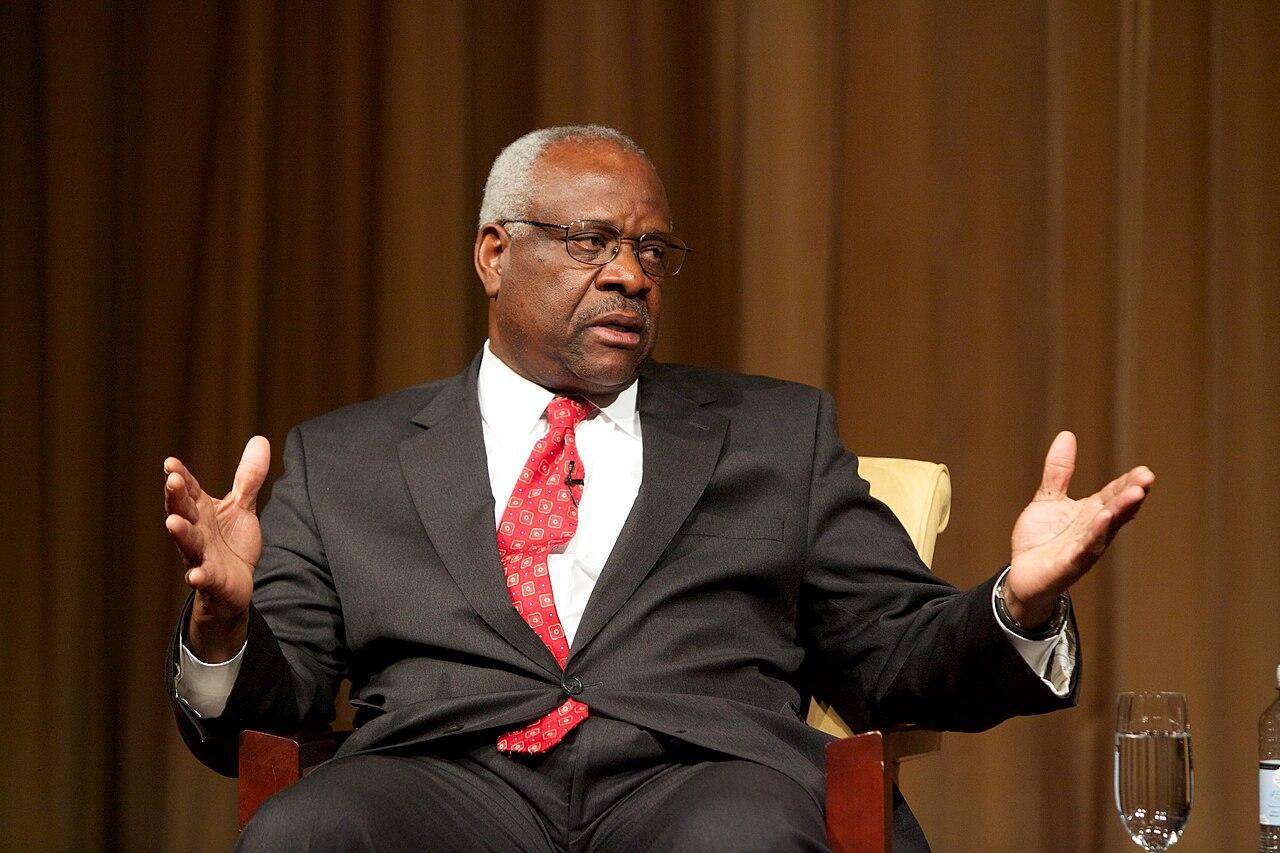
Source: Wikimedia
This highlights ongoing concerns about the extent of federal regulatory powers.
Opinion Behind the Decision
Allstates Refractory Contractors used a “non-delegation doctrine,” a legal theory that is based on the idea that Congress cannot cede its legislative authority to other entities like OSHA.
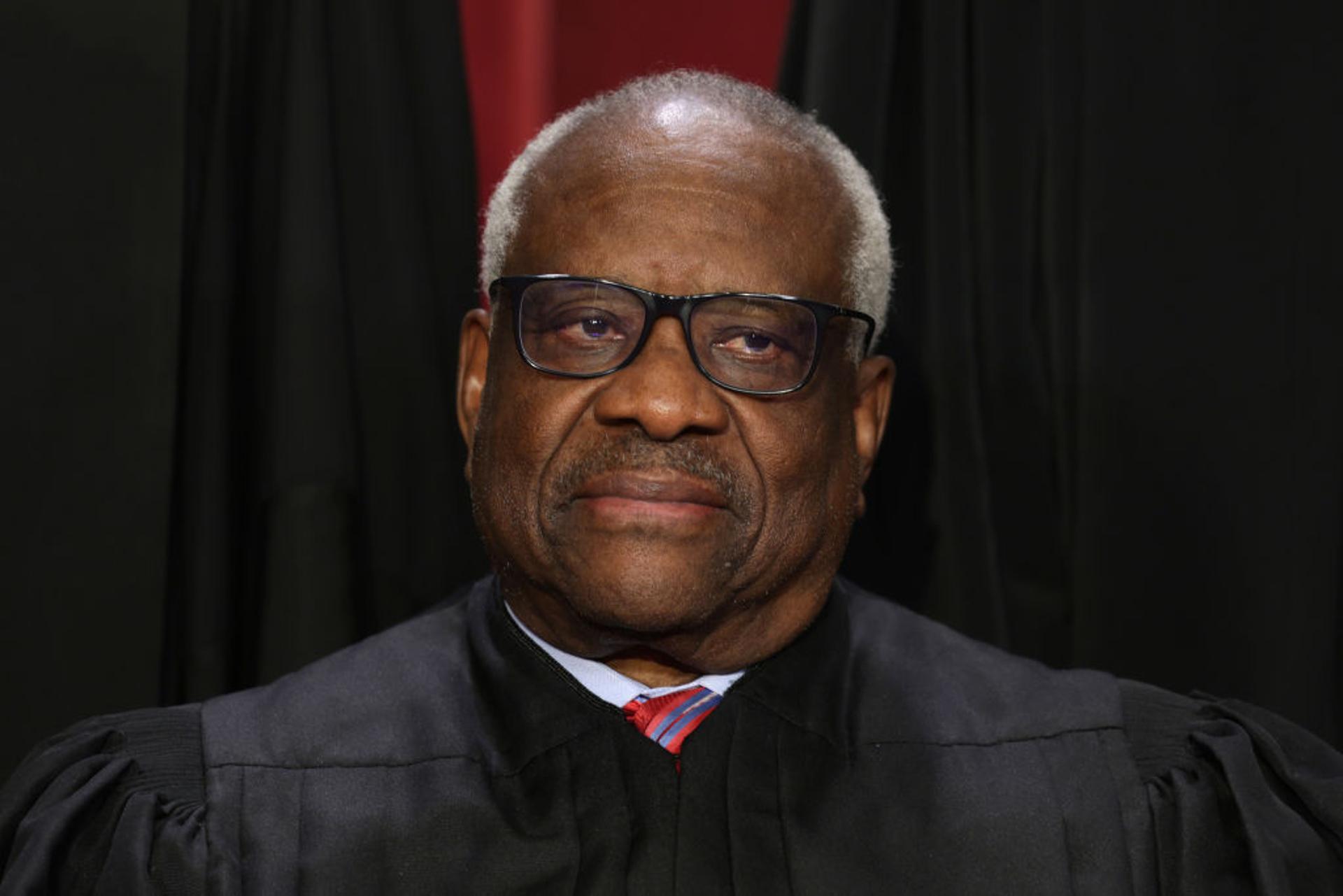
Source: Getty Images
“If this far-reaching grant of authority does not impermissibly confer legislative power on an agency,” Thomas wrote in his opinion dissenting from the decision to deny the case, “it is hard to imagine what would.”
What Is the Role of OSHA?
Congress created OSHA to ensure that workers were operating in safe and healthy conditions by setting and enforcing standards. They also provide training, outreach, education, and compliance assistance.
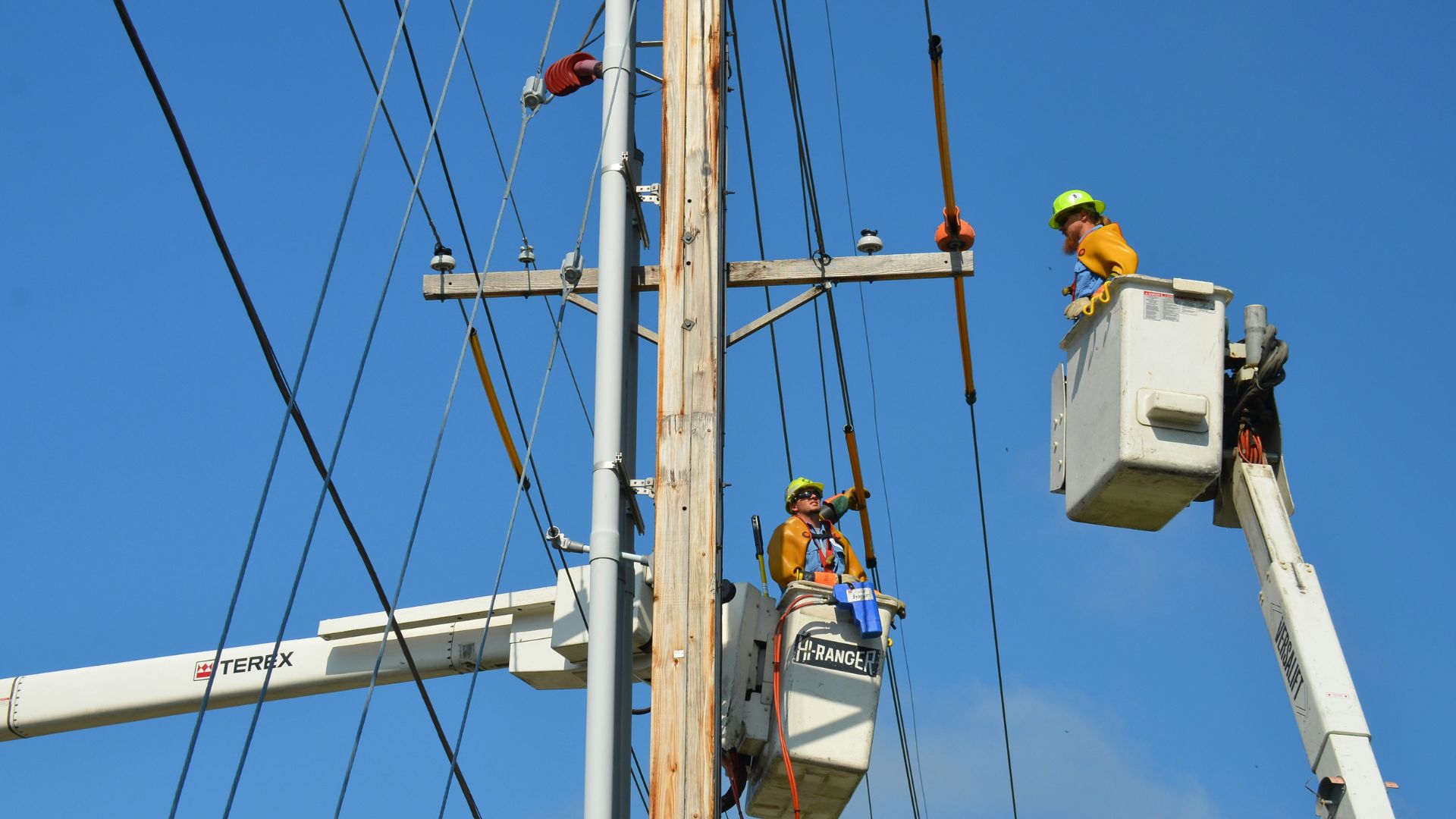
Source: American Public Power Association/Unsplash
Under the OSHA law, which was enacted on April 28, 1971, by former President Richard Nixon, employers are responsible for providing a safe and healthful workplace for their workers.
What Agencies Are at Risk
This outcome, which business and conservative groups rejoiced in, will make it easier for judges to second-guess actions by US agencies like the National Park Service, the US Postal Service, the Food and Drug Administration, and many, many more.
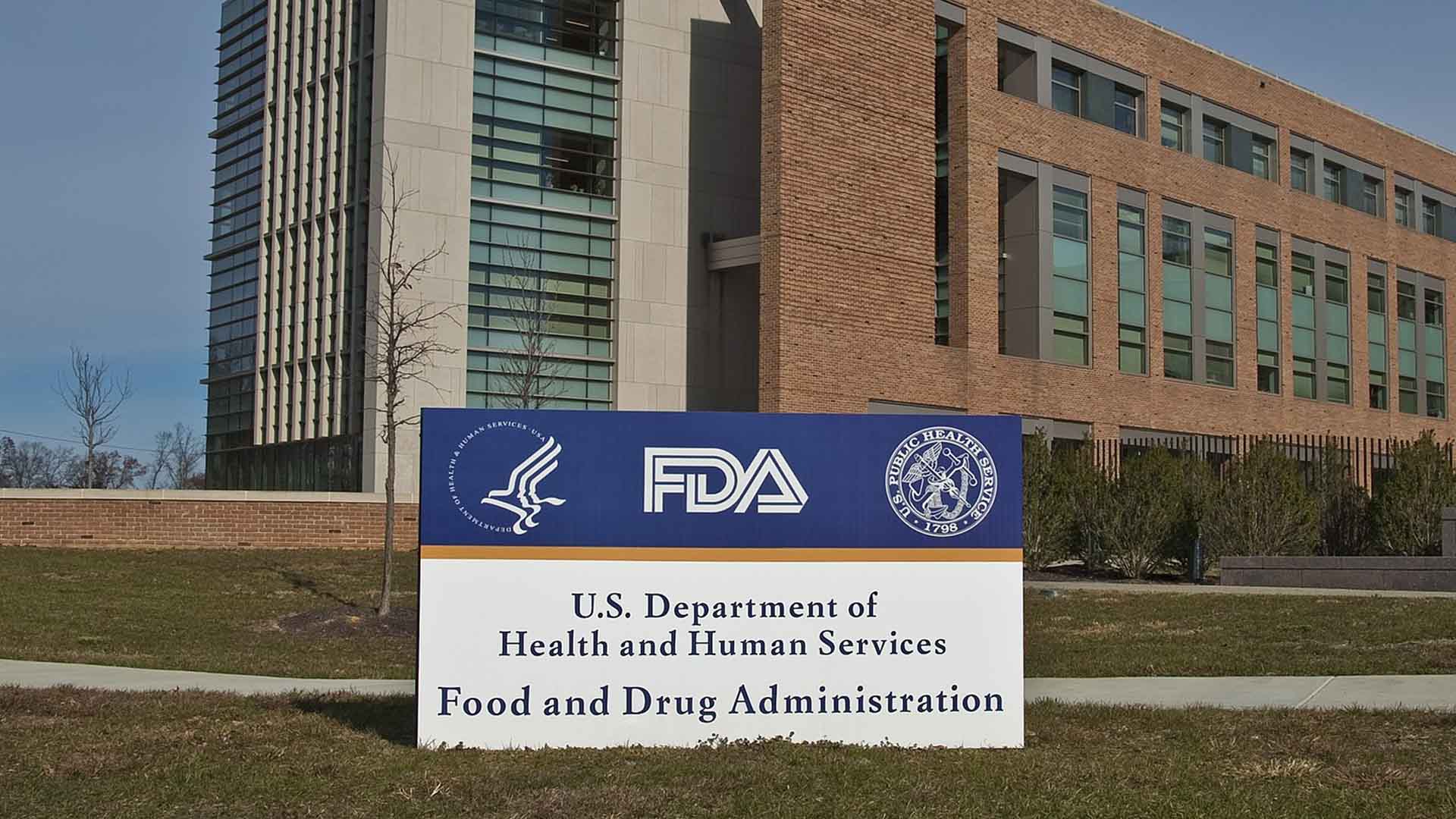
Source: FDA
They are able to do this by empowering legal challenges to agencies given federal powers to check and regulate better practices to protect Americans.
Limiting Agencies Enforcement Power
Recently, the conservative majority ruled that enforcement actions seeking penalties for fraud that should be handled by the Securities and Exchange Commission instead of in federal courts violated the Constitution’s Seventh Amendment right to a jury trial.

Source: Niu Niu/Unsplash
The ruling could affect other agencies, limiting how they can enforce regulations.
Public Outcry on Social Media
The public response to Thomas’ remarks was overwhelmingly negative. Social media platforms lit up with criticism, with many expressing alarm at the potential weakening of OSHA.

Source: Freepik
Representative Morgan McGarvey voiced his concerns on Twitter, stating, “They’re not even hiding it anymore.”
Support from Notable Figures
Actor Douglas Griffin, reflecting on his past as a machinist, criticized the potential undermining of OSHA. He stated on social media, “OSHA regs save countless lives every day. This is absolutely nuts. Thomas is detached from the realities of hard work.”

Source: dole777/Unsplash
His comments resonated with many who rely on OSHA for workplace safety.
Political and Legal Implications
The case has significant political and legal implications. Allstates Refractory Contractors, supported by over 20 Republican Attorneys General, hoped the conservative-majority Supreme Court would rule in their favor.

Source: Tingey Injury Law Firm/Unsplash
Their lawyer, Don McGahn, was former White House counsel under President Trump, adding to the political weight of the case.
OSHA's Historical Challenges
OSHA has faced numerous legal challenges since its inception, surviving significant tests in 1978 and 2011.

Source: Jeriden Villegas/Unsplash
Despite these challenges, the agency continues to play a crucial role in ensuring workplace safety, although its regulatory powers remain a contentious issue.
Limiting OSHA’s Power
In 1978, the Supreme Court ruled 5-3 that the Fourth Amendment prohibited inspectors of OSHA from conducting warrantless searches of business premises. The amendment protects Americans from unreasonable search and seizure.
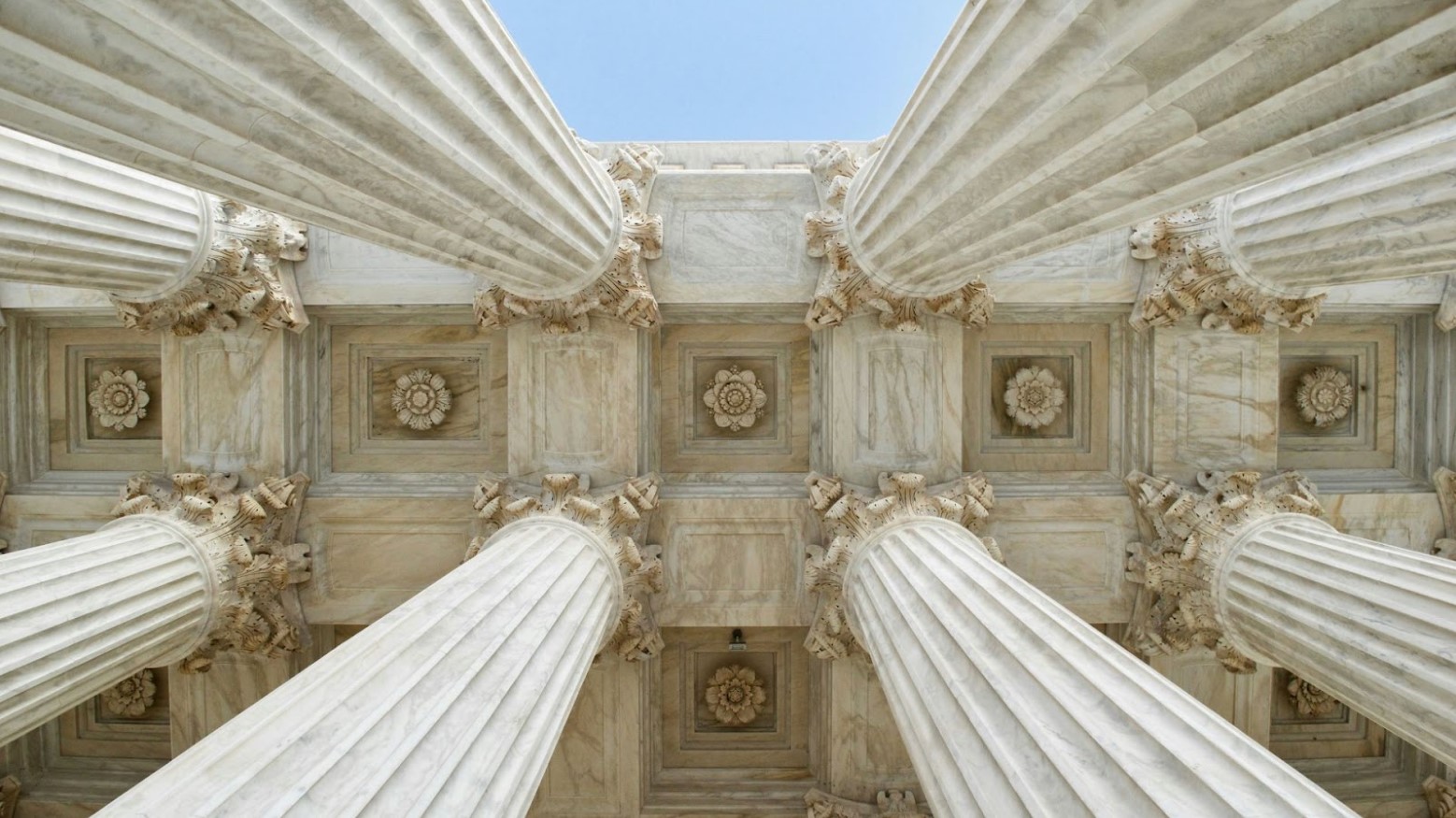
Source: Jesse Collins/Unsplash
The decision narrowed the scope of an exception given to OSHA, prohibiting them from warrantless administrative inspections.
Defanging the “Administrative State”
In 1984, the Chevron ruling allowed federal agencies like OSHA to interpret ambiguous laws passed by Congress, which helped expand their regulatory power to protect workers.
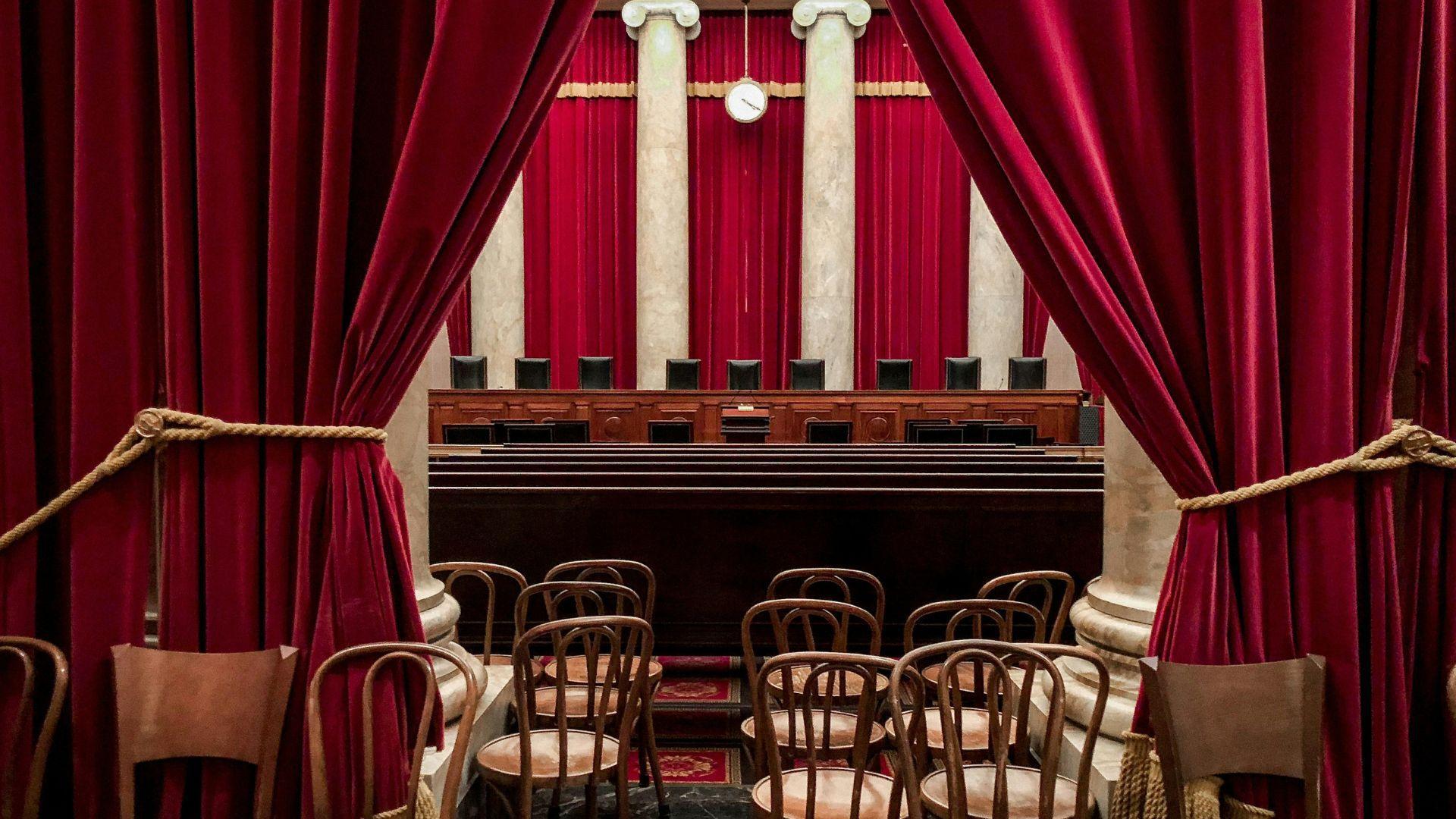
Source: Jackie Hope/Unsplash
However, the mostly conservative Supreme Court is starting to rein in what it sees as regulatory overreach by defanging the “administrative state.”
Timing and Context of Thomas' Remarks
Justice Thomas‘ comments coincided with OSHA’s proposal of new rules to protect workers from extreme heat, highlighting the urgency and stakes of the debate.

Source: Wikimedia
Critics noted the timing, suggesting that it may have been influenced by these new regulations.
The Chevron Doctrine and Federal Regulation
Recent Supreme Court decisions have upended the Chevron doctrine, a legal framework that directed courts to defer to the expertise of federal agencies like OSHA.

Source: Freepik
This shift indicates a judicial trend towards limiting the deference given to federal agencies, impacting their regulatory powers.
The Future of Federal Regulatory Powers
While the Supreme Court ultimately declined to hear the Allstates case, Justice Thomas’ dissent signals ongoing debates about the limits of federal regulatory power.

Source: Wikimedia
His remarks suggest that future legal challenges could further define or restrict the reach of agencies like OSHA.
A Broader Conservative Agenda
Justice Thomas’ dissent is seen by some as part of a broader conservative agenda to rein in federal regulatory agencies.
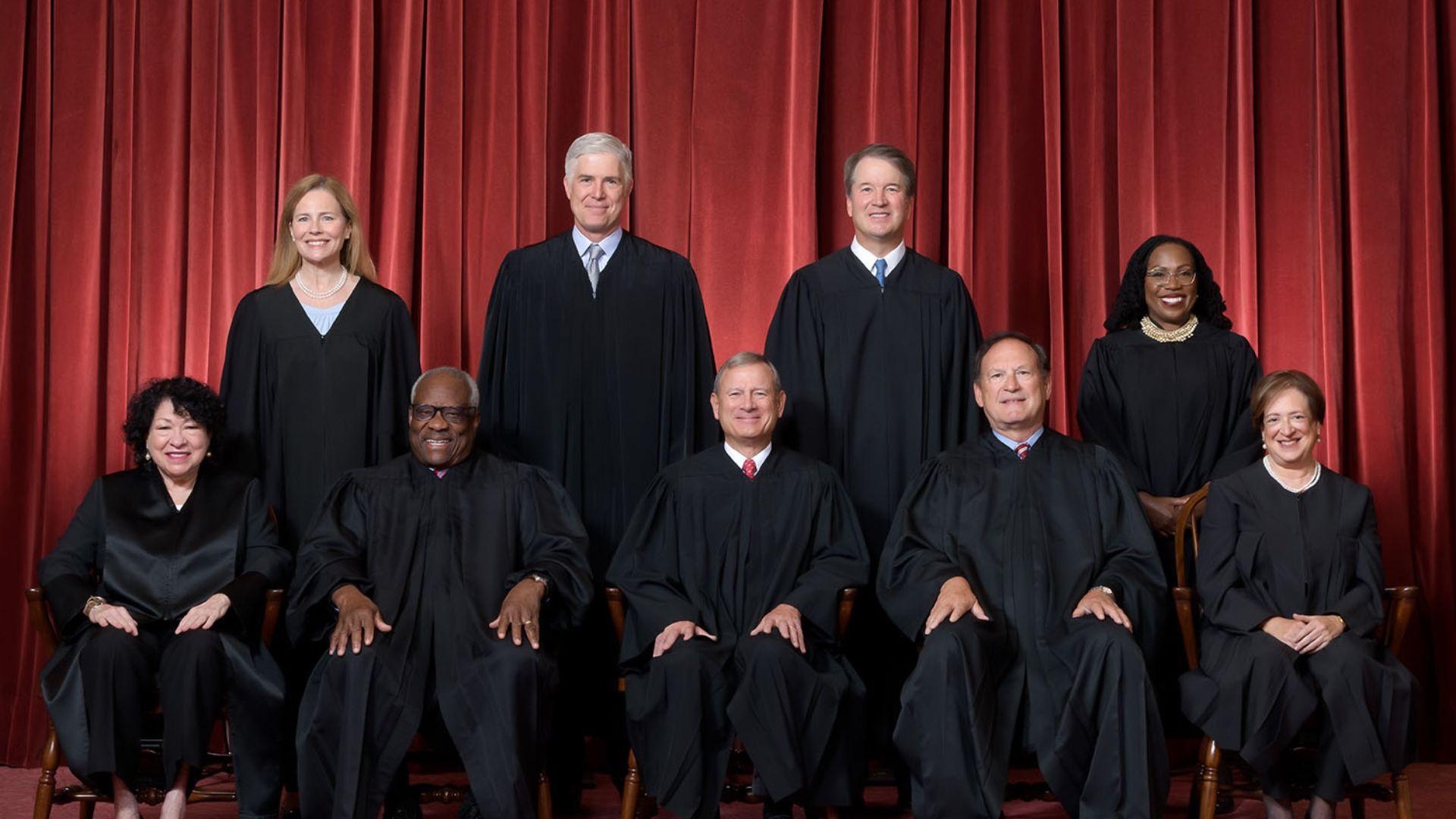
Source: Public Domain/Wikimedia Commons
This perspective is supported by the court’s recent rulings and the political backing of the Allstates case, indicating a concerted effort to reshape regulatory power dynamics.
The Ongoing Debate
The controversy surrounding Justice Thomas’ call to reconsider OSHA’s authority shows the ongoing debate about the balance of power between Congress and federal agencies.
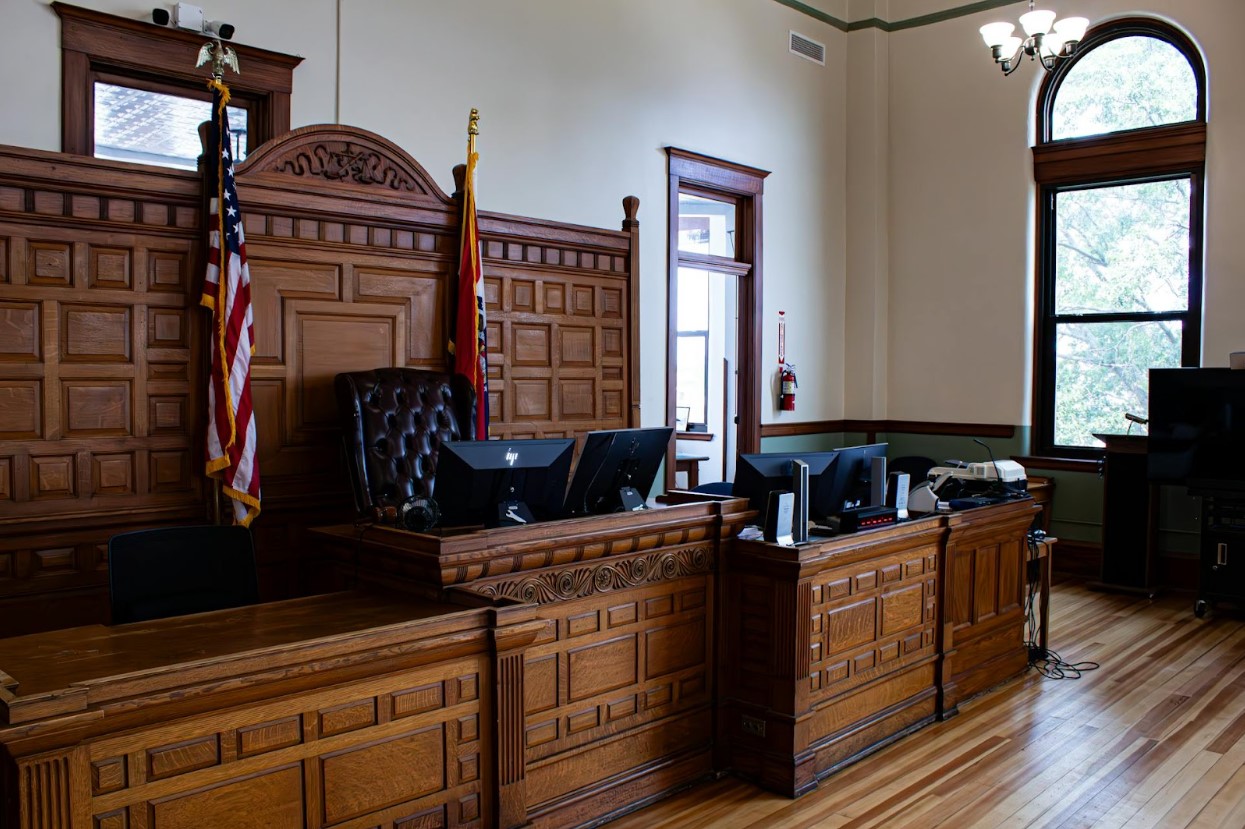
Source: Zachary Caraway/Pexels
As the legal and political landscape continues to evolve, the future of workplace safety regulations remains uncertain, with significant implications for workers and businesses alike.
The Future of US Agencies
“I would say that this area of the law is the clearest one today where there is a 6-3 divide among the justices of the court,” attorney Misha Tseytlin, who has argued cases at the court, said to Reuters.

Source: Lukas/Pexels
The Chevron deference ruling might be the “most significant administrative law decision in decades from the US Supreme Court,” Tseytlin added. “That decision will fundamentally change not only litigation over agency rules, but also the manner in which agencies approach their rulemaking processes.”
Fear for the Worker
Carl Hoiland, CEO of Zanskar Geothermal & Minerals, says that the potential rollback of OSHA’s regulatory power has raised concerns among industry leaders.

Source: Andrea Piacquadio/Pexels
“Consistent and comprehensive safety regulations are vital for the protection of our workers, especially in high-risk environments like drilling. A reduction in OSHA’s authority could lead to increased accidents and injuries on-site,” Hoiland noted.
Limiting Power
The conservative majority has “continued to make limiting the power of administrative agencies one of its highest priorities,” said Nicole Saharsky, also a Supreme Court litigator.

Source: Katrin Bolovtsova/Pexels
“From the major questions doctrine, to limits on agencies’ power to adjudicate, to the elimination of Chevron deference, the court has made it much easier for regulated parties to challenge agency actions,” Saharsky added.
Is It All Over?
Abner Greene, a Fordham University School of Law expert in regulatory law, said the court has taken “another step toward dismantling the federal regulatory state” by limiting the ability of Congress to use agencies to “develop federal policy over time and in response to complex circumstances.”
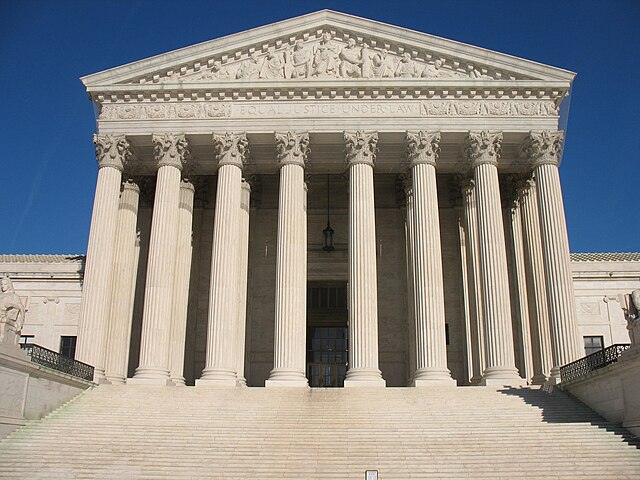
Source: Kjetil Ree, Wikimedia
While it is clear that the justices have “suspicion of regulatory bureaucracies,” George Mason University professor Ilya Somin says that the Supreme Court is “very far from destroying the administrative state or even ending all judicial deference to it.”
Lenient Toward Bad Business Practices
This ruling is just one of many recent decisions made by the Supreme Court to limit the federal government’s power to regulate everything from stock trading to pollution.
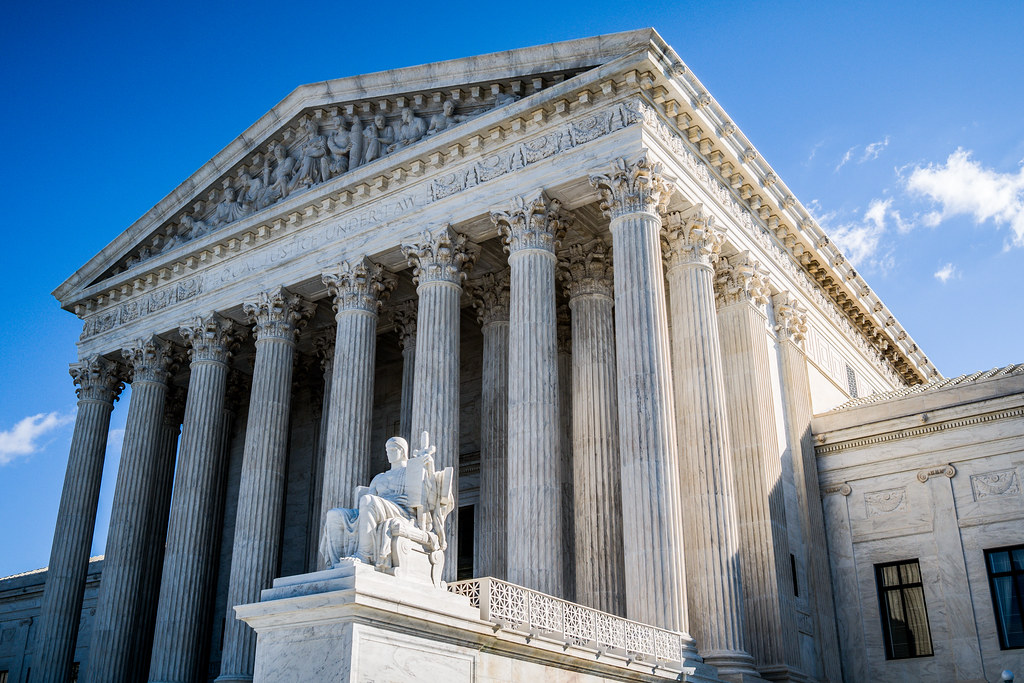
Source: Phil Roeder/Flickr
While federal agencies are not at risk of losing their power yet, the Supreme Court is currently pushing to make rules in the US much more friendly toward bad business practices.
